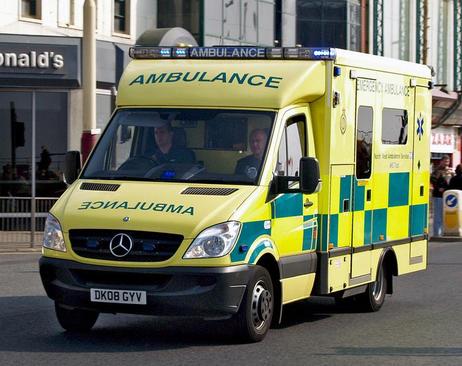Open Innovation Challenge Helps to Change the Way a UK Company Innovates
Published Nov-01-16Breakthrough:
An innovation challenge prize to improve urban living helps one UK-based company to grow and improve its open innovation capacity.
Company:
Red Ninja, United Kingdom
The Story:
 Big cities are exciting and colorful places to live. They are filled with opportunities, history and are alive with cultural experiences. But they are not without their problems. Cities are congested, polluted, noisy, have social and housing issues, strained services and infrastructure challenges. Any mayor or local authority leader has an in-tray full of problems demanding attention, and more than likely, reducing budgets.
Big cities are exciting and colorful places to live. They are filled with opportunities, history and are alive with cultural experiences. But they are not without their problems. Cities are congested, polluted, noisy, have social and housing issues, strained services and infrastructure challenges. Any mayor or local authority leader has an in-tray full of problems demanding attention, and more than likely, reducing budgets.In an attempt to improve city life, Innovate UK - the UK's innovation agency - launched a £687,000 (approx. USD $840,000) urban living challenge, encouraging UK businesses to develop future city solutions. One of the award recipients was a design and technology company called Red Ninja. It won for leading a consortium to create a smart city technology to improve ambulance response times. The prize of £223,000 helped the business to transform itself and further develop its own R&D methodology, an open innovation approach involving multiple partners across industry sectors.
Ambulance Response Times
The UK's Department of Health requires that ambulances reach 75% of life-threatening calls within eight minutes. Many struggle to meet this target and the problem could worsen with a growing and aging population. Slower response times not only put patients at risk but they can also result in fines and withdrawal of some NHS (National Health Service) funding for the ambulance service providers.
To develop solutions, Red Ninja engaged several partners, including the Transport Systems Catapult (the UK's technology and innovation center for intelligent mobility). They started their research phase by looking at the range of issues that impact on emergency response times. To do this, they focused on mapping the service journey of an ambulance from the initial phone call to the patient receiving treatment.
Researchers spoke to drivers and other ambulance service members, and observed them at work in Liverpool. Through conversations with call takers, dispatchers, managers and paramedics, reviews of ambulance CCTV footage and much more they identified six areas where innovative solutions could reduce ambulance response times.
At the time of writing this article in October 2016, this open innovation project is ongoing. The second phase involves taking the research findings and seeing how new technologies could play a part in improving the time and efficiency of the ambulance fleet of the NWAS (North West Ambulance Service).
Open Innovation is Making a Difference
Meanwhile, the prize money that Red Ninja picked up has had a dramatic effect on how it operates. Prior to the win it was split into two departments, one dealing with transport and smart cities and the other with health and social care. The influx of funds was a catalyst for its restructuring as one team, sharing research, knowledge and best practices across disciplines. This is very much in line with its ethos of open innovation, of sharing ideas and of collaborating to make a difference.
The design company’s open innovation network includes government, industry, end-user and research institutions, and it has a number of open innovation success stories under its belt, such as the development of a Smart business app and an app for young people to manage their health. Technology to deliver quicker ambulance response times may soon be another win for its open and outward looking approach.
Next Story »


